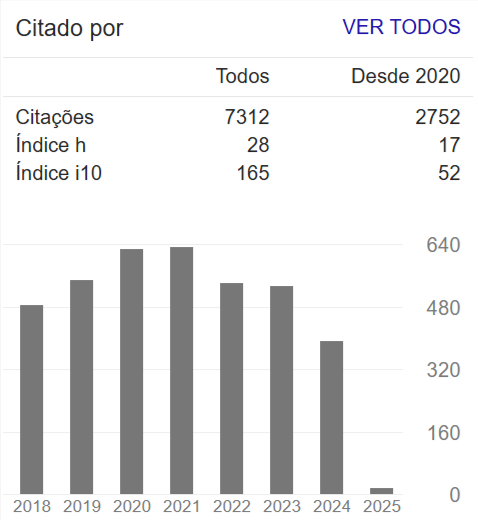IN-SITU THERMAL DESORPTION PILOT STUDY TO TREAT CHLORINATED COMPOUNDS FROM A FORMER CHEMICAL MANUFACTURING FACILITY: THE USE OF PILOT STUDY DATA TO OPTIMIZE FULL SCALE DESIGN
Abstract
Thermal Conduction Heating (TCH), Steam Enhanced Extraction and Electrical
Resistance Heating form the most common In Situ Thermal Remediation (ISTR)
techniques. Such ISTR techniques have been successfully demonstrated at >100
sites to worldwide, and have proven especially effective for addressing source zones
with high concentrations of chlorinated and organic chemicals. Many of these
projects are in urban environs, where rapid and certain redevelopment is desired
without excavation.
In Winter of 2012, TPS TECH completed a pilot-scale application of In-Situ Thermal
Desorption (ISTD) – a combination of TCH and vacuum – to treat of chlorinated
volatile organic compounds (chlorobenzenes) in low to moderate permeability clays
A small group of 14 thermal wells heated the 120 m3, 5 m deep target treatment
zone, to an average temperature of 200°C in 30 days. Despite the low permeability
of the treated volume, soil vapour extraction exaggerated by steam stripping was the
dominant removal mechanism of the chlorinated compounds. Superheated
temperatures above the boiling point of water resulted in additional mass being
recovered as the vapour pressure of the chlorinated compounds continued to
increase with temperature, resulting in a >98% reduction in chlorinated VOCs.
Based on the successful pilot study results, the full scale treatment of chlorinated
compounds is currently being constructed onsite to treat 2,100 cubic meters of
source zone soils via ISTD.

















